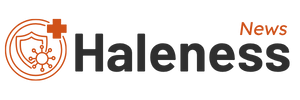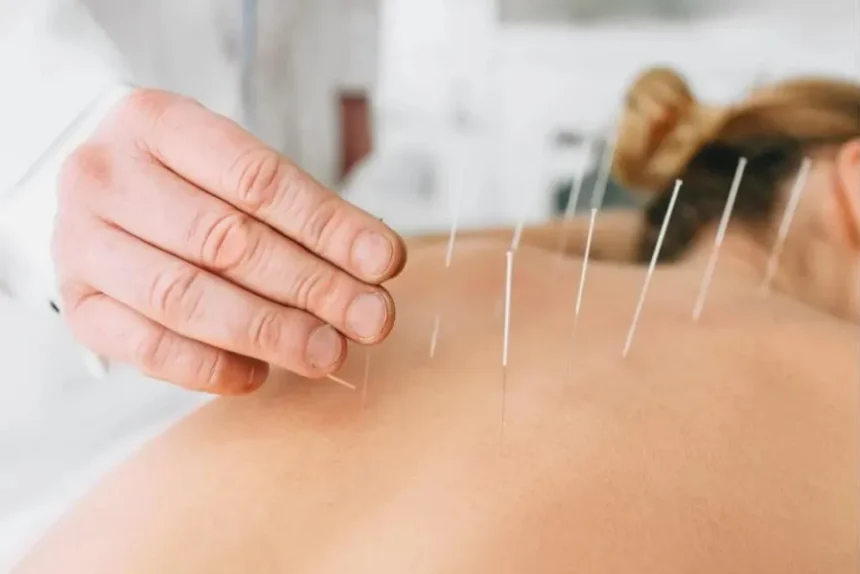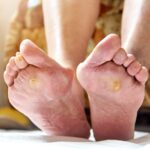Acupuncture, an ancient practice rooted in Traditional Chinese Medicine (TCM), is gaining increased attention in neurology. The practice involves inserting fine needles into specific points on the body, known as acupoints, to stimulate physiological responses. While acupuncture’s exact mechanisms are still under exploration, its potential effects on the nervous system and neurological health are of significant interest. Here is more information on how acupuncture is used in neurological applications, its possible effects on neurophysiology, and techniques employed within the practice:
Identifying Applications
Acupuncture has shown promise in addressing various concerns in neurology. Conditions such as migraines, tension headaches, and neuropathy often lead individuals to explore acupuncture as part of a holistic care approach. The practice may work by targeting acupoints that influence nerve function, blood flow, and muscle tension.
Stimulating specific acupoints may activate sensory nerves, releasing endorphins and neurotransmitters. These biochemical changes potentially promote relaxation, reduce discomfort, and enhance overall well-being. Acupuncture might help regulate the autonomic nervous system. By influencing these systems, acupuncture could complement broader care strategies for individuals experiencing neurological conditions.
Understanding Effects
Acupuncture appears to interact with the neurophysiological pathways of the human body. Studies suggest that it may activate the hypothalamus and pituitary gland, leading to the release of endogenous chemicals. For example, beta-endorphins and serotonin, neurotransmitters associated with mood regulation and natural pain modulation, could be involved in this process.
Acupuncture’s proposed effect on blood circulation may benefit specific neurological concerns. Improved microcirculation resulting from this practice might reduce localized inflammation and aid tissue repair. Acupuncture has also been investigated for its potential impact on neuroplasticity, the brain’s ability to adapt and reorganize itself. While research is ongoing, preliminary findings indicate that acupuncture may influence pathways key to healing and functional recovery in the nervous system.
Exploring Techniques
The techniques employed in acupuncture vary based on the individual’s needs and targeted outcomes. Practitioners may focus on specific points along meridian lines, corresponding to TCM theories of energy flow. For neurological concerns, methods such as scalp acupuncture and electroacupuncture are frequently used.
Scalp acupuncture involves stimulating acupoints on the scalp to potentially influence the central nervous system.
It has applications in addressing neurological conditions, particularly those related to motor and sensory functions. Electroacupuncture, which involves the application of a small electric current through the needles, is another method that practitioners use to enhance the therapeutic effects of traditional acupuncture. Both approaches aim to provide focused stimulation to nerve pathways and tissues. These techniques are usually combined with detailed assessments to determine individual treatment plans that align with specific neurological concerns and goals.
Learn More About Neurology
Acupuncture offers an intriguing avenue for addressing neurological health through precise techniques, potential neurophysiological benefits, and targeted applications. While further research continues to clarify its mechanisms and efficacy, acupuncture is increasingly being looked at as a complementary practice in managing neurological conditions. From its influence on neurotransmitter release to the techniques of scalp and electroacupuncture, this practice remains a unique and promising field of study. Exploring acupuncture with a trained practitioner may provide valuable insights into its potential role in holistic health approaches.









